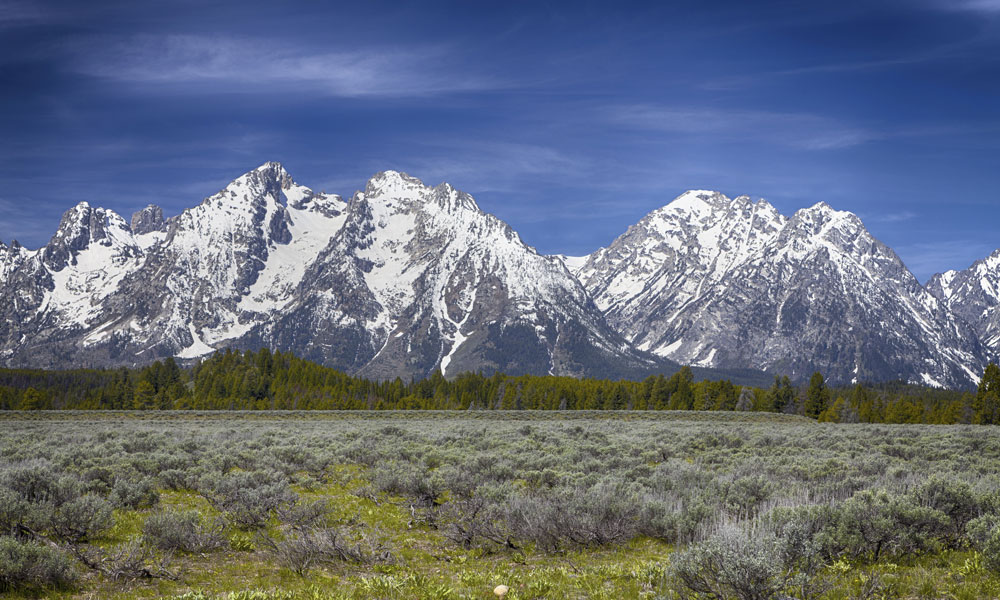
Governors’ Group Launches Online Tool to Help Preserve ‘Crucial Habitats’
The new tool, released by the Western Governors’ Association, was designed to reduce conflicts and ensure greater consideration of wildlife values in land-use decisions in western states.
After five years of planning and development, a group of governors has unveiled a new online tool to help boost economic development in the western states while also helping to conserve the region’s natural resources and wildlife habitats.
It will help planners be better informed about wildlife priorities early in the process, so they can be better prepared as they engage in actual permitting with state and federal agencies.
The new tool—the Crucial Habitat Assessment Tool, or CHAT—is the result of collaboration among 16 members of the Western Governors’ Association (WGA). The database of digital maps, which use biological data to illustrate crucial habitats across 16 states stretching from Alaska to Oklahoma, will help ensure that “wildlife values are better incorporated into land-use decision making,” the association said.
“The CHAT is meant to provide a first look at wildlife habitat using the same framework across the West,” John Harja, chairman of the Western Governors’ Wildlife Council, which oversaw the project, said in a statement. “It will help planners be better informed about wildlife priorities early in the process, so they can be better prepared as they engage in actual permitting with state and federal agencies.”
Unveiled at the WGA’s winter meeting last week, CHAT was created by state wildlife agencies using a common set of criteria to define “crucial habitats,” or those places likely to provide natural resources important to aquatic and terrestrial wildlife, according to WGA. Habitats are ranked on a scale of one (most crucial) to six (least crucial).
“If I’m a transportation planner working in Walla Walla, Washington, and I want to modify a highway for safety concerns along the Washington-Oregon border, I can look at different routes and draw different lines to see what kind of crucial habitat I run into, and where it ranks on the scale of one to six,” Carlee Brown, policy manager for WGA, told the Associated Press.
The U.S. Department of Energy provided a $3 million grant to help develop CHAT, which was not designed to be a regulatory tool or provide opinions in favor of or against development. WGA says it was created to provide a variety of stakeholders, from government agencies to conservationists to industry groups, with consistent scientific data to help make better planning and development decisions.
“It’s going to provide that first look—a 30,000-foot view of the situation on the ground,” Brown said. “It’s meant to be a starting point for states with different priorities and different resource needs to bring all their information together.”
(iStock/Thinkstock)






Comments